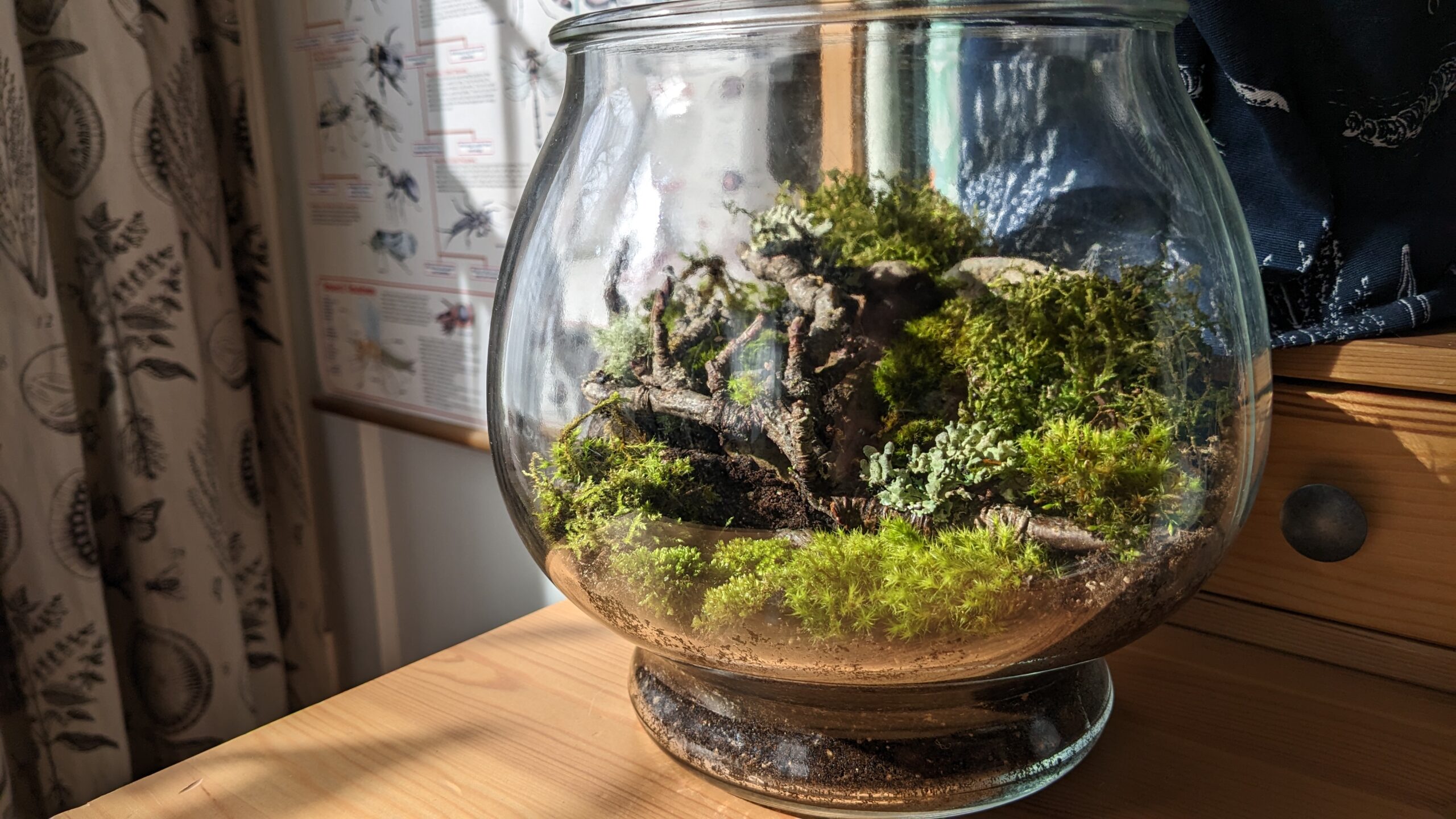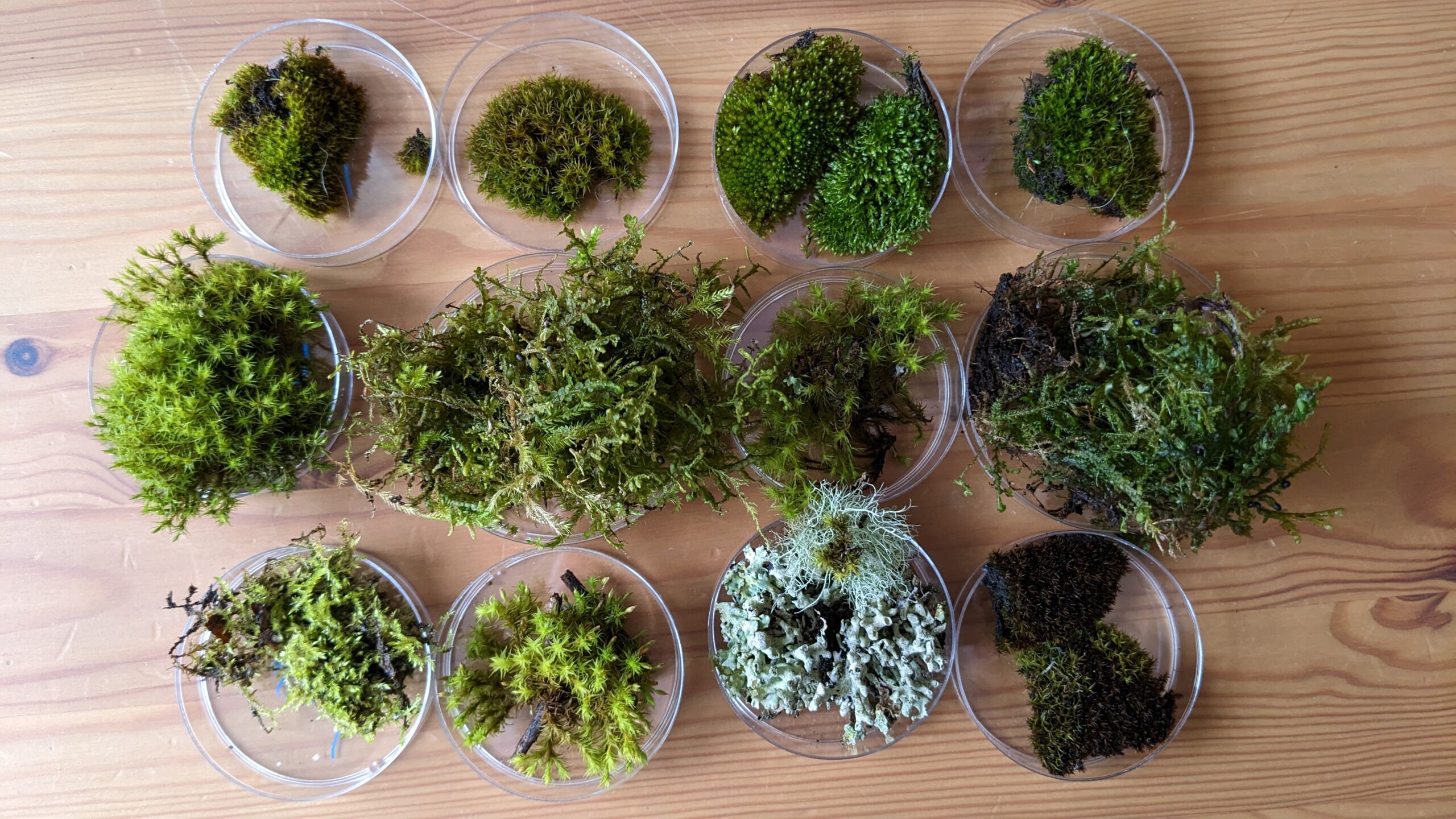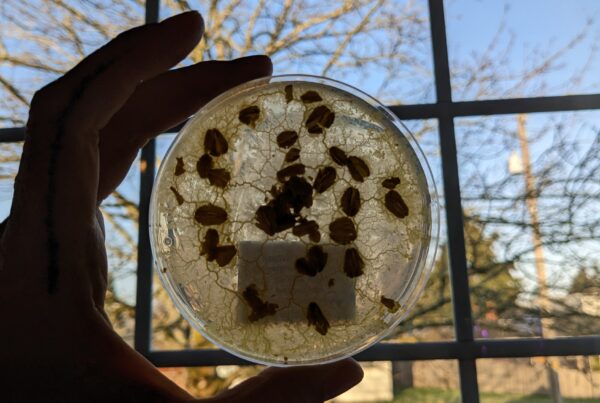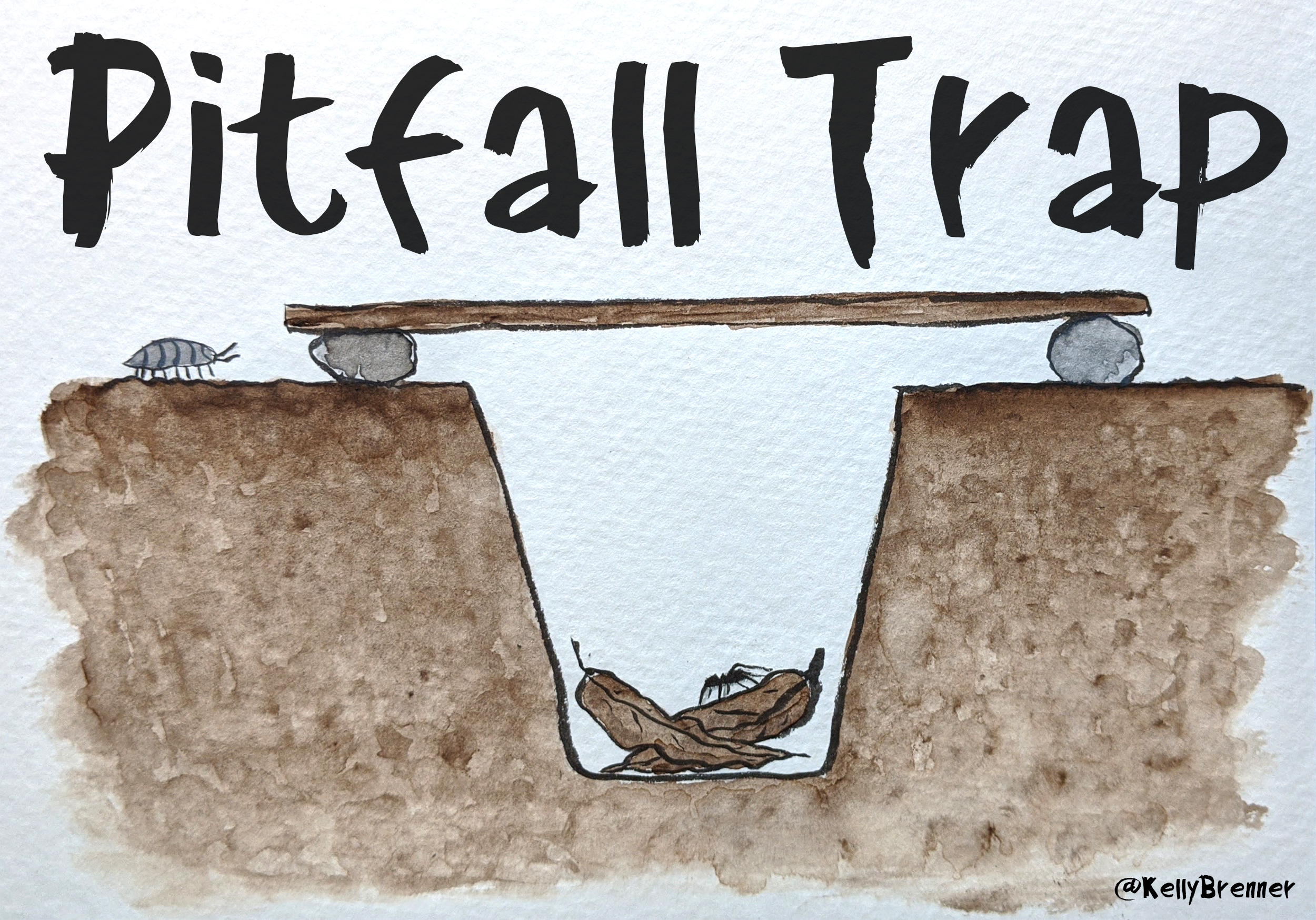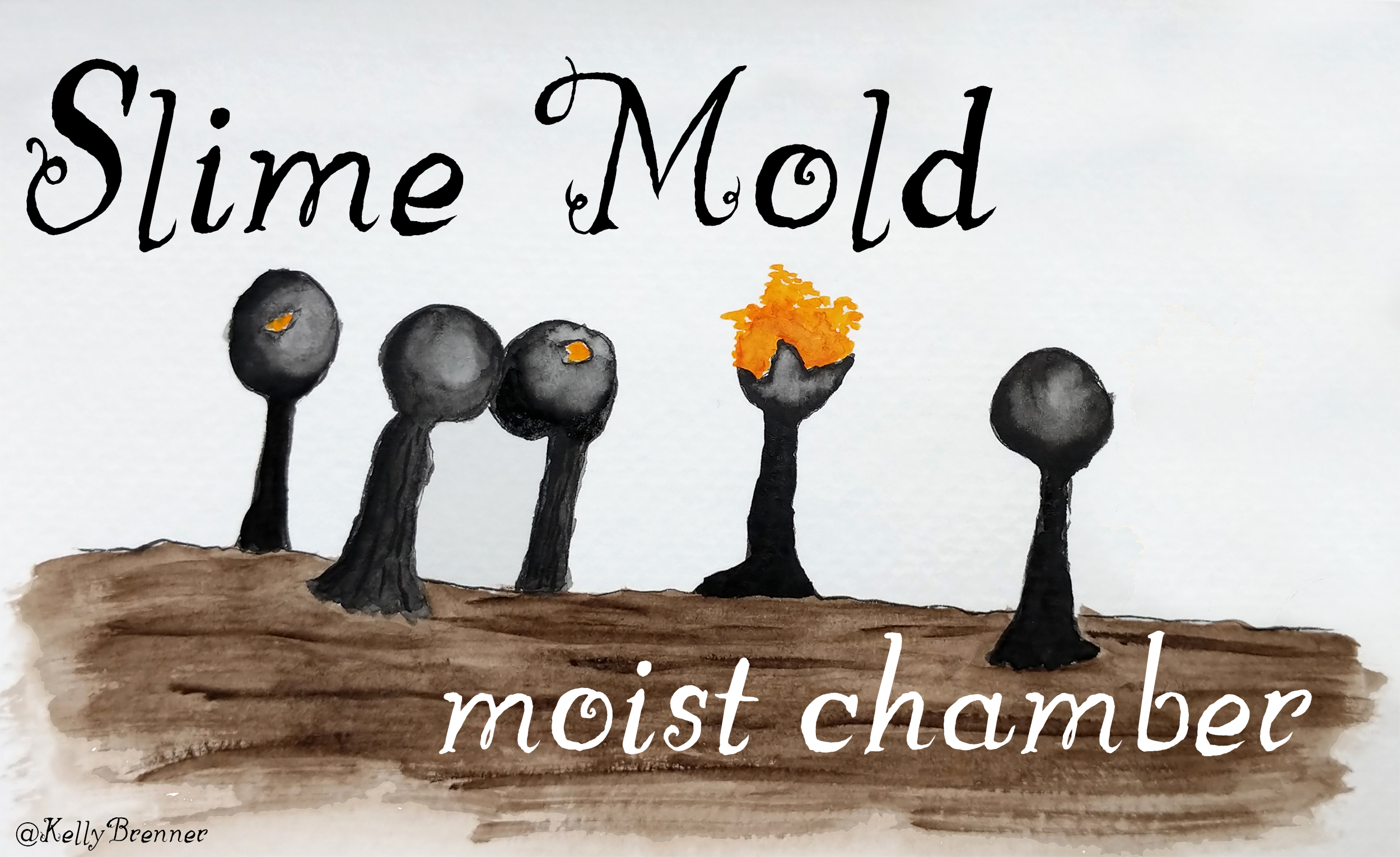Over the last few weeks I’ve been walking through my closest park several times a day due to my chronic back issue which has flared up. During those many wanders through neighborhood and wetlands, I’ve noted all the different places moss grows, which led me to wonder how many of those mosses contained tardigrades. When I was researching the tardigrade chapter in my first book, Nature Obscura, I sampled several mosses from around my house and neighborhood and found tardigrades in very few. But since then my skill at finding tardigrades under the microscope has improved and so I decided to embark on a great tardigrade hunt, partly out of curiosity, partly as a distraction to my unending back pain.
I collected a dozen moss samples along my walk, from sidewalks, curbs, trees, rocks, the path and my garage roof. Then I soaked them all overnight and the next morning I began my search. Because assigning each sample a number is not exciting, I decided to give each moss the name of one of my favorite anime characters instead. How many samples contained tardigrades? Read on to find out.
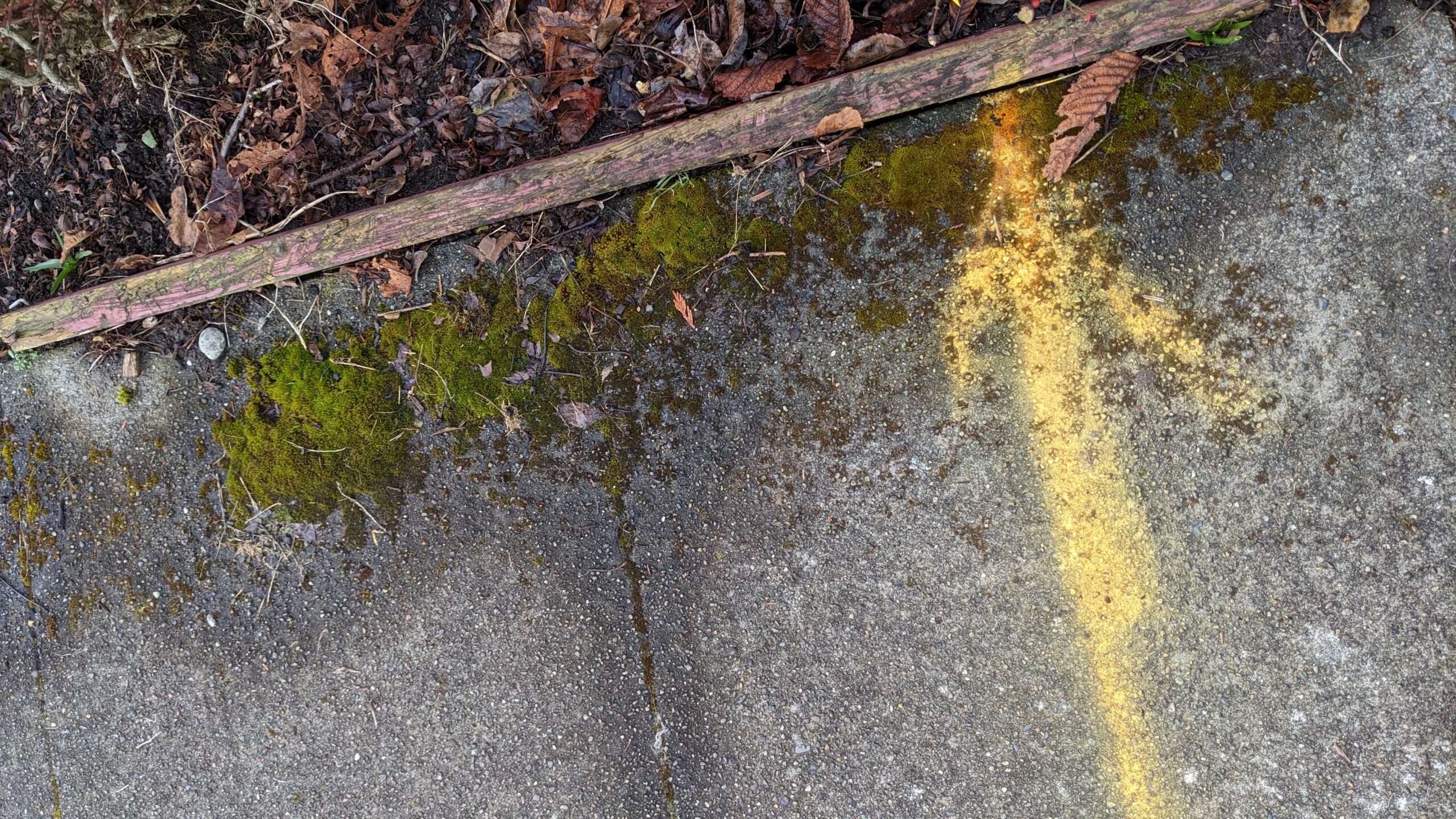
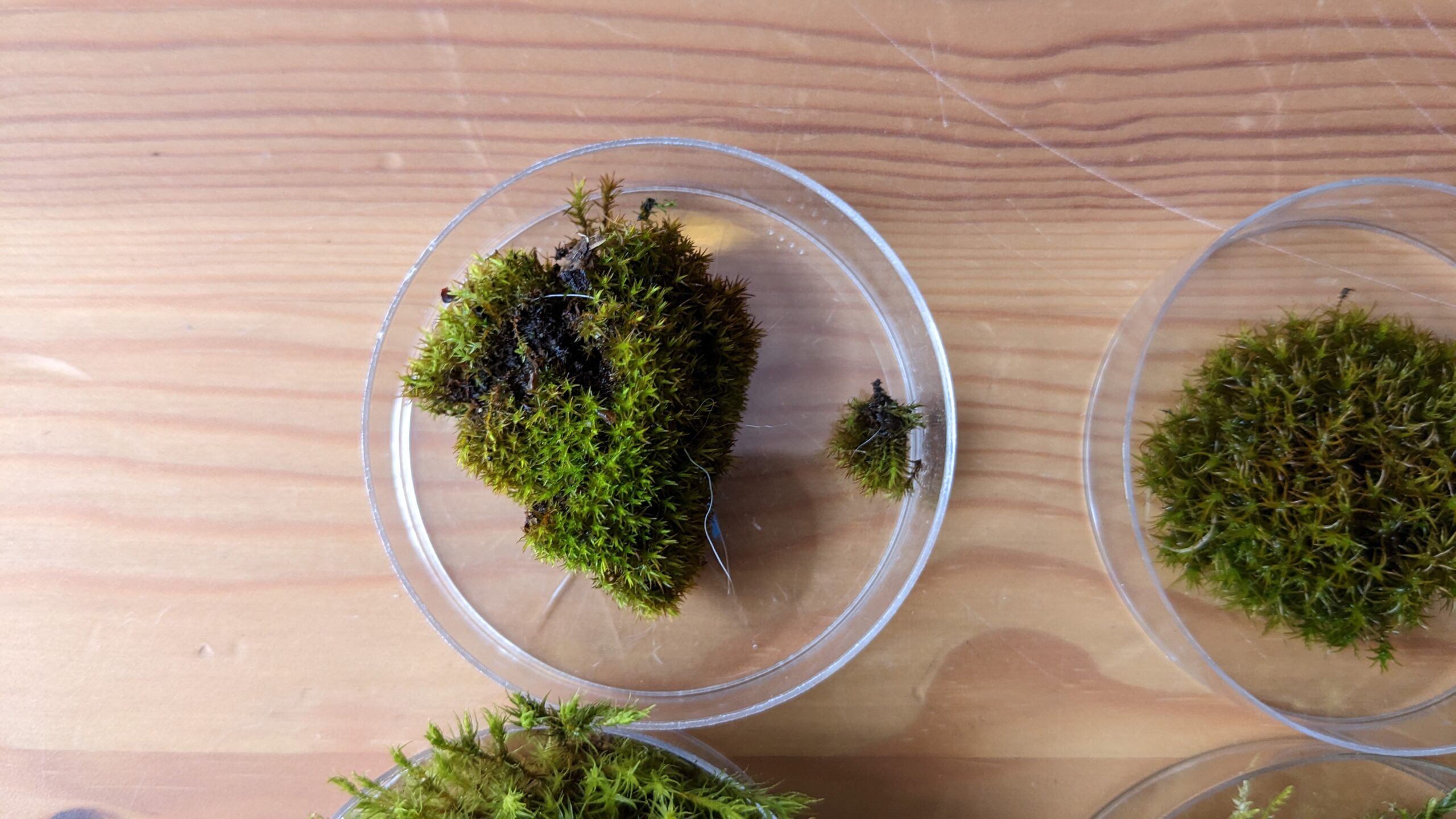
Sample 1 : Ogata
I found this sample right on the sidewalk near my house. Almost as soon as I put it under the microscope I found a tardigrade. This moss sample was full of many diatoms, which are actually algae, but they swim and move very quickly, making them appear animal-like. I also found one glass-like worm on the moss, which may have been a nematode.
Result : YES!
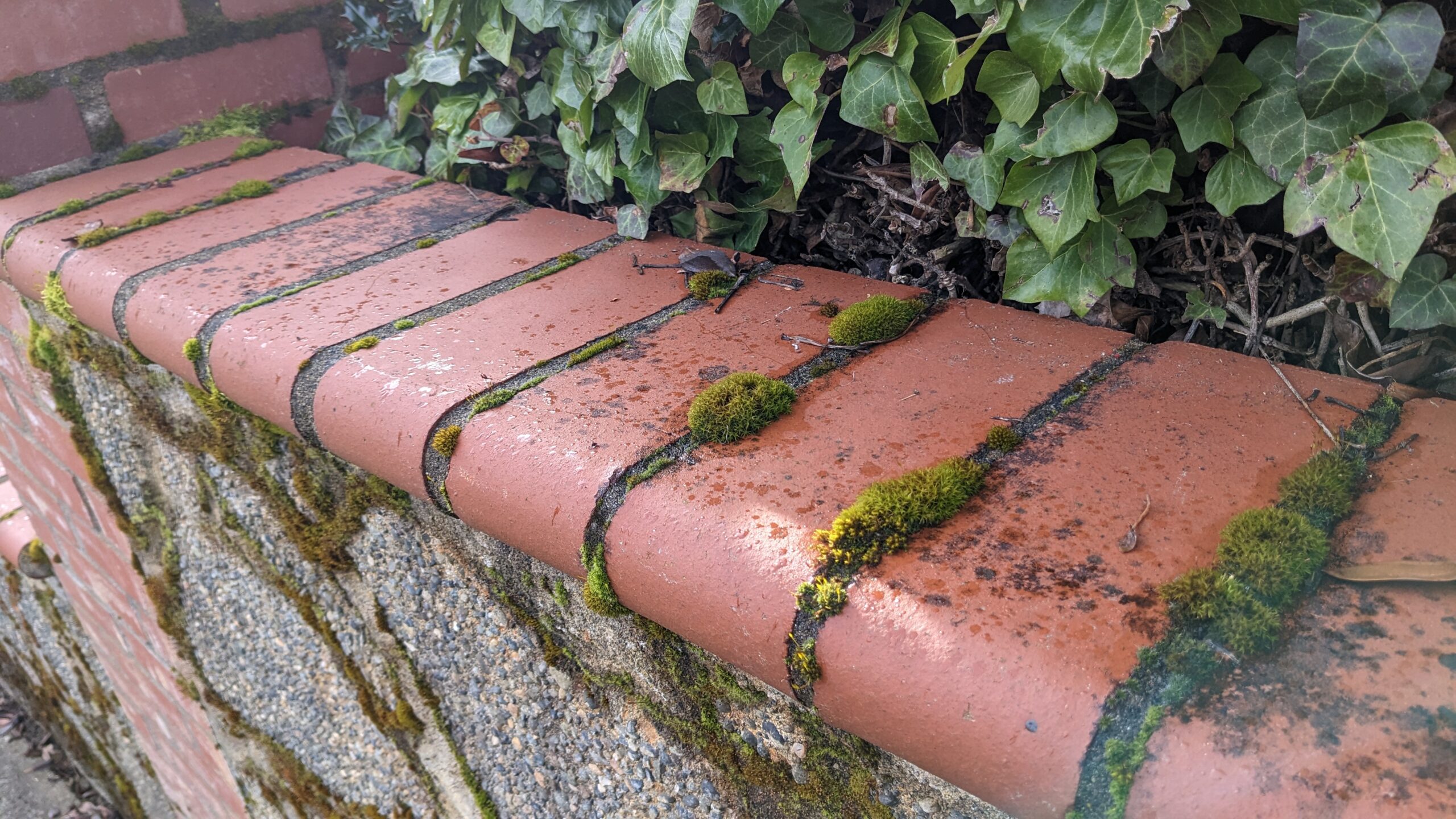
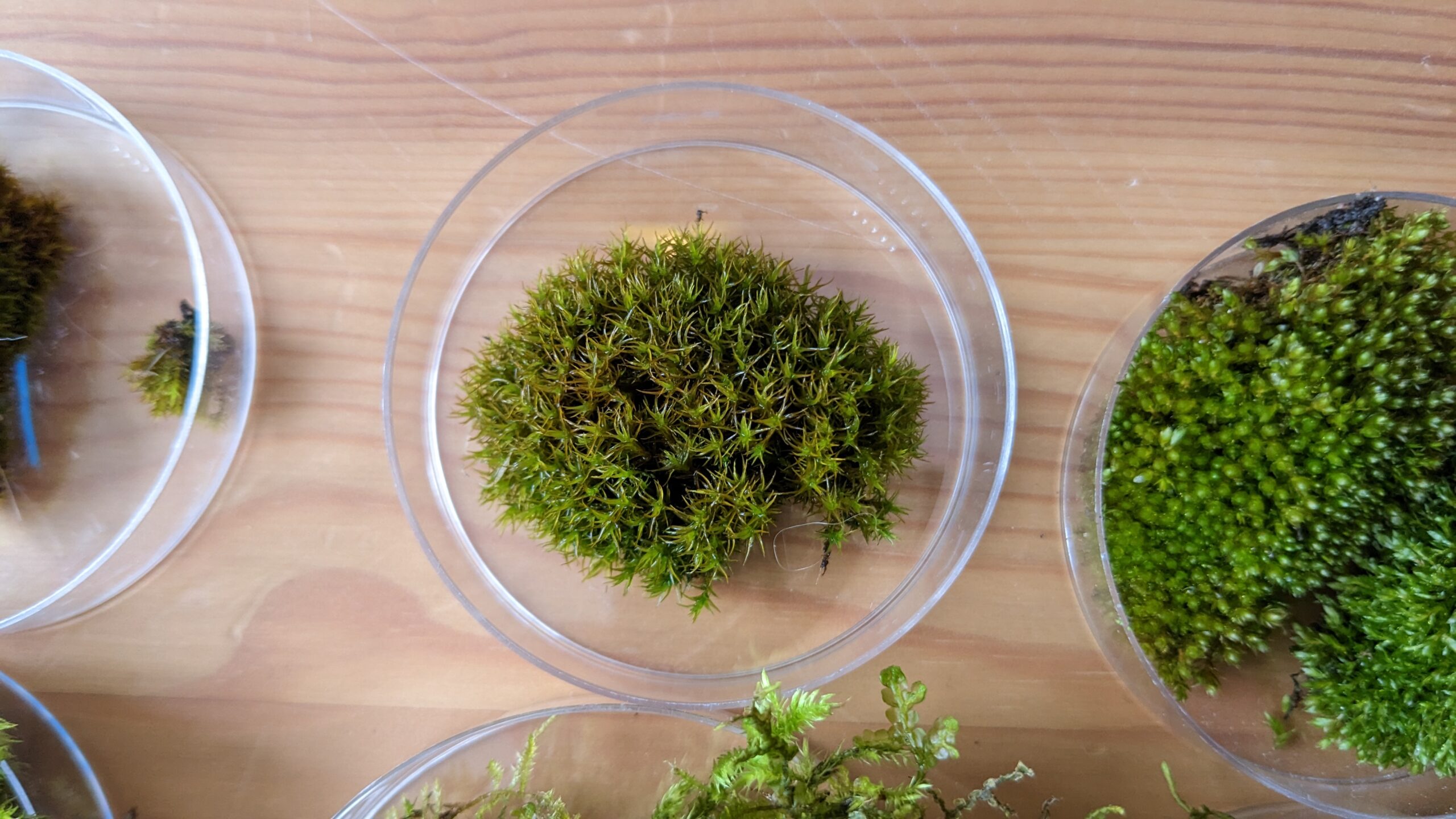
Sample 2 : Vash
This little tuft of moss sample was on top of a wall alongside the sidewalk. When I looked under the microscope, I found it swarming with rotifers, which are similar in many respects to tardigrades. There were also a few planarians, or flatworms, sliding around in the water. But amongst those many rotifers, I found one, tiny tardigrade. When I adjusted the magnification of my microscope I lost it and couldn’t find it, or another one, again.
Result : YES!
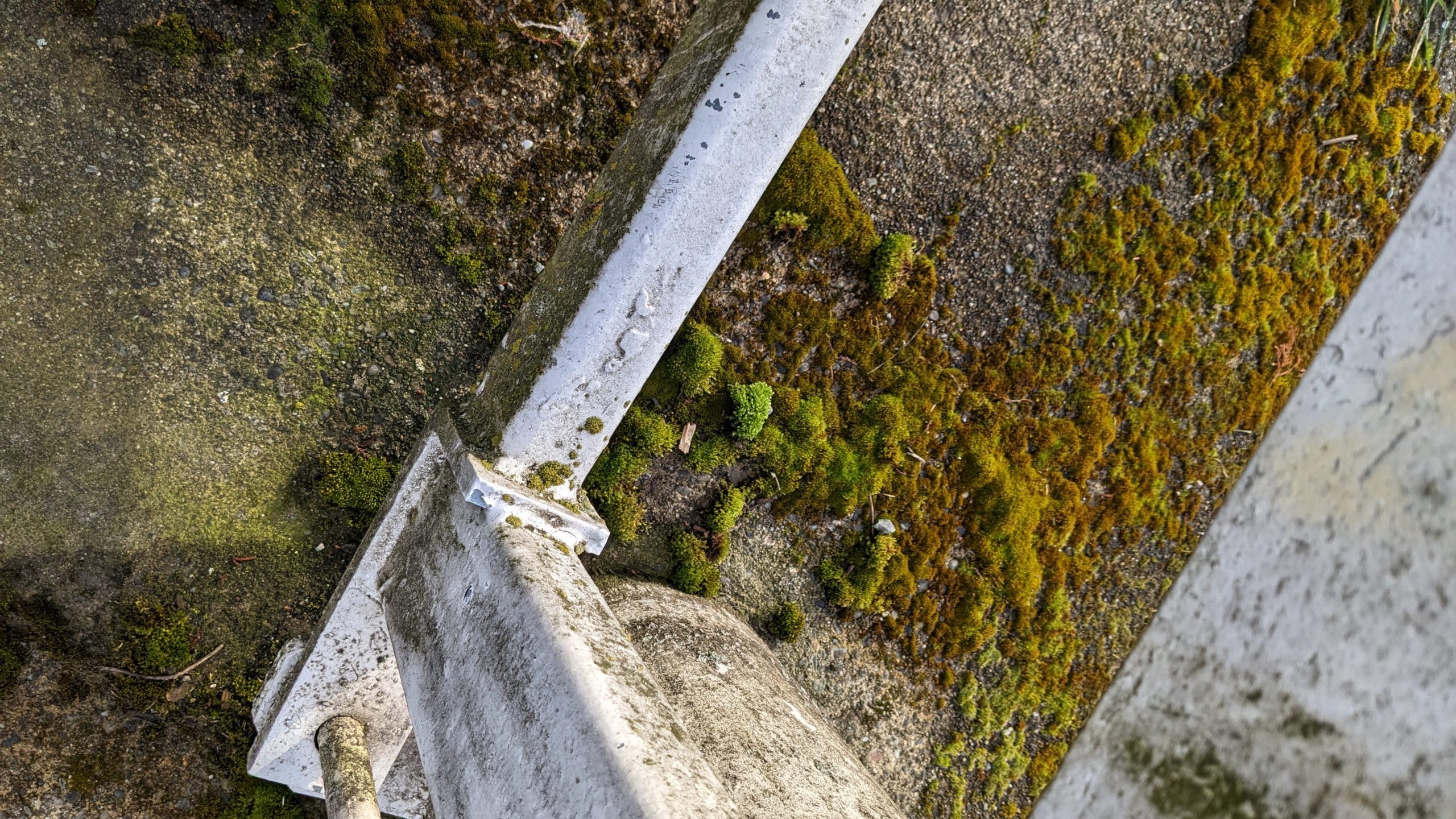
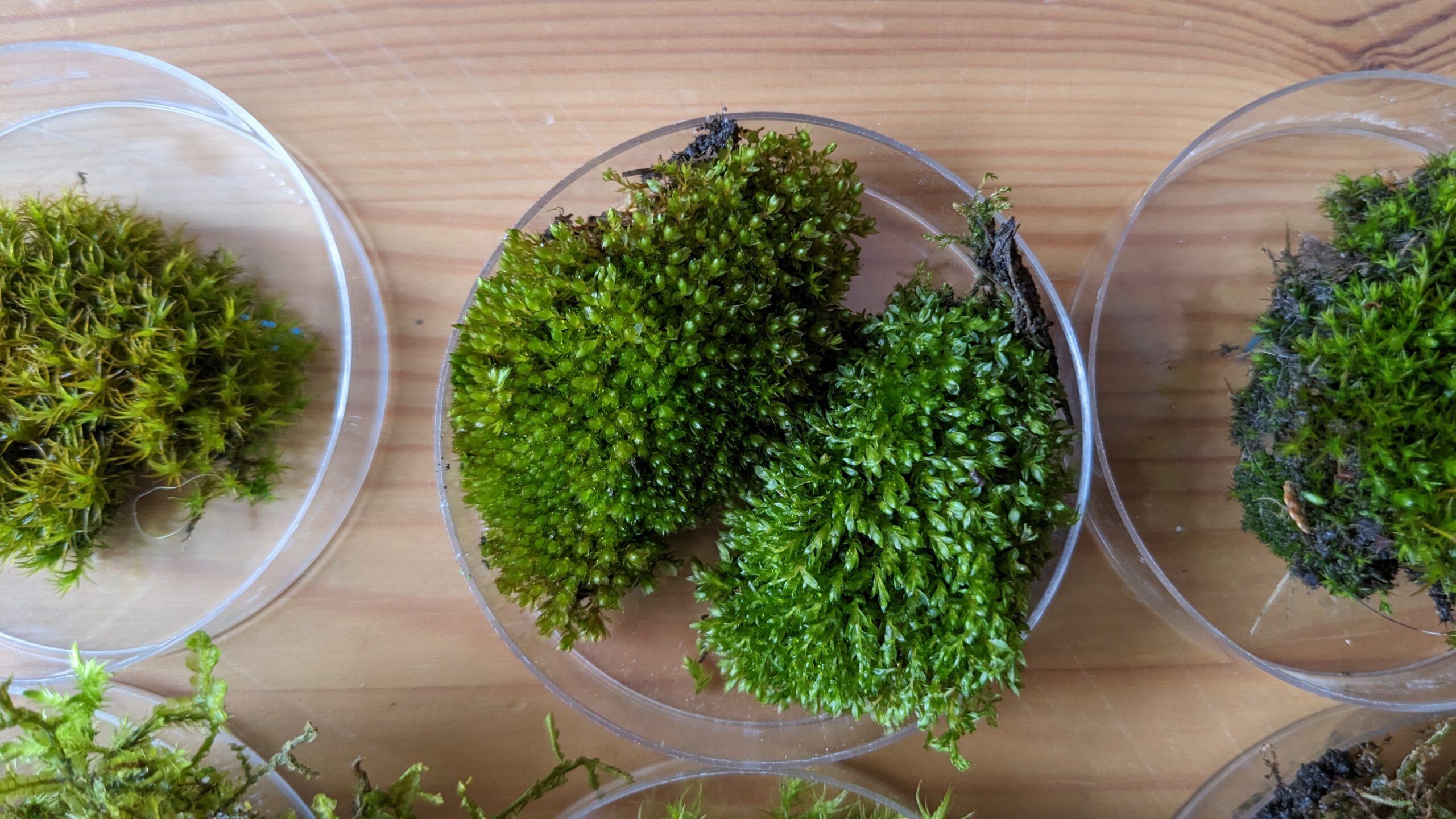
Sample 3 : Mikey
I collected this moss from the pavement next to the park’s entrance gate. After I put the sample under the microscope, I had to embark on a huge game of hide-and-seek because it had a lot of sediment I was unable to avoid when I squeezed the water into the petri dish. But along with many nematodes, I was able to find a tardigrade.
Result : YES!
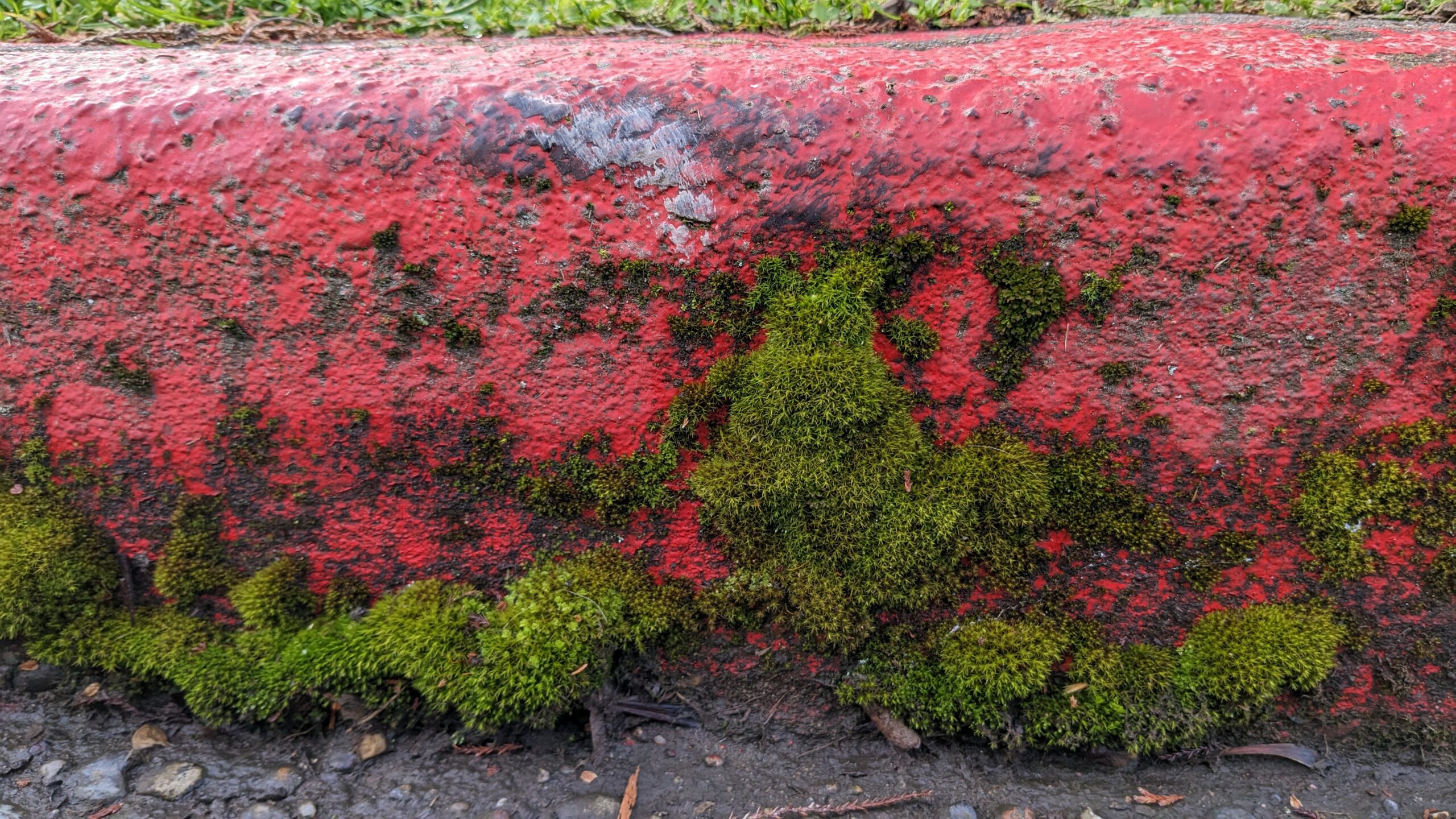
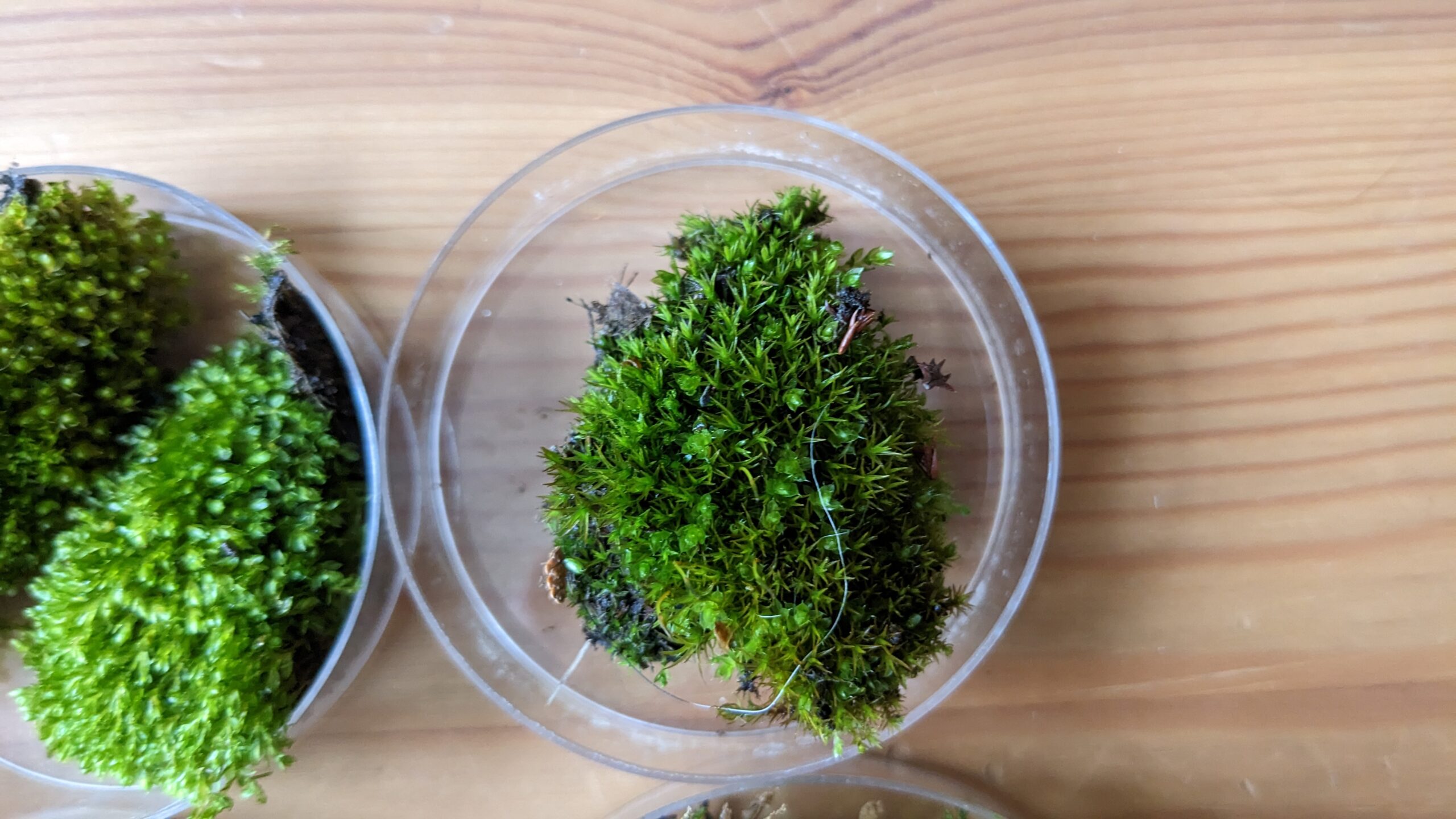
Sample 4 : Chuuya
Not far from Mikey, I collected this moss from the curb near the park’s entrance where dozens of cars pass every day. As soon as I put it under the microscope, I spotted a tardigrade. It was inactive and hard to tell it even was a tardigrade at first. I soon found a second, also inactive tardigrade. Both had their legs pulled in and to be sure, I collected one and put it under my compound microscope where I could see it better. With the higher magnification, I could see the buccal tube, a distinct point of anatomy of tardigrades, so I could say without a doubt, they were in this sample as well.
Result : YES!
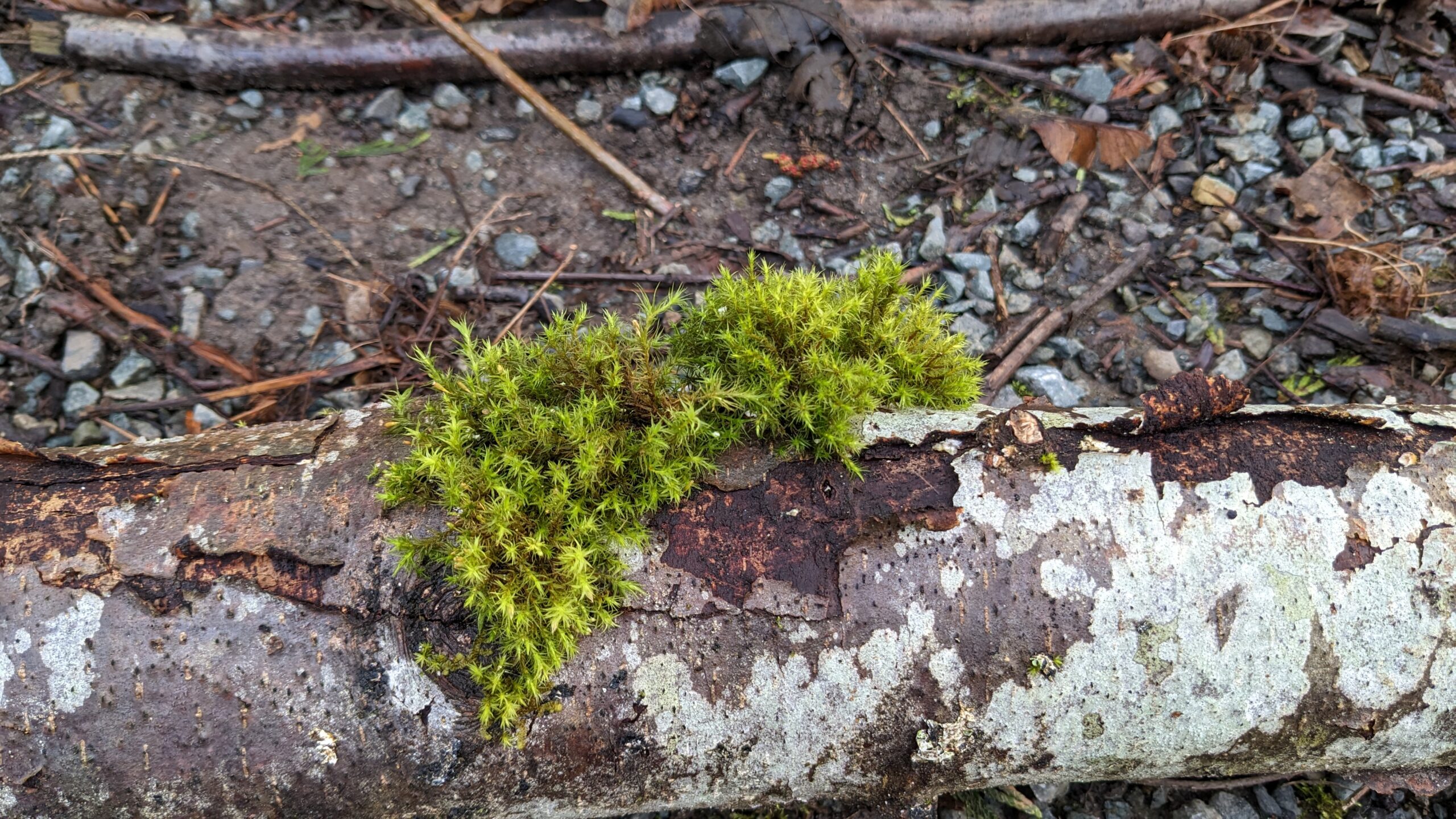
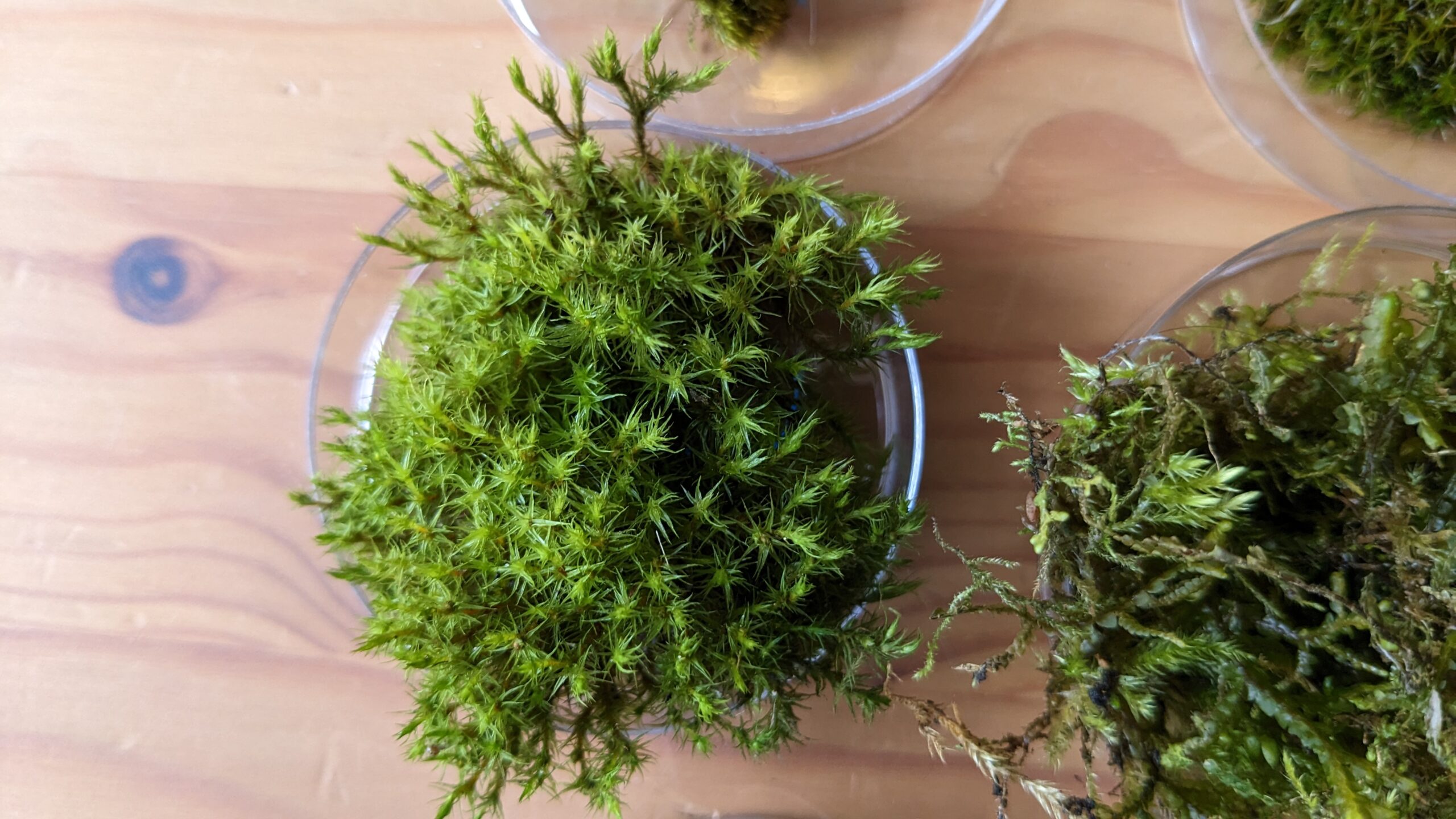
Sample 5 : Dazai
In the wetlands, alongside the path, I found a fallen tree branch which contained mosses. I plucked one of those mosses off the branch to see if it could possibly contain anything. This time it was easy to find a nice tardigrade hanging out with many rotifers.
Result : YES!
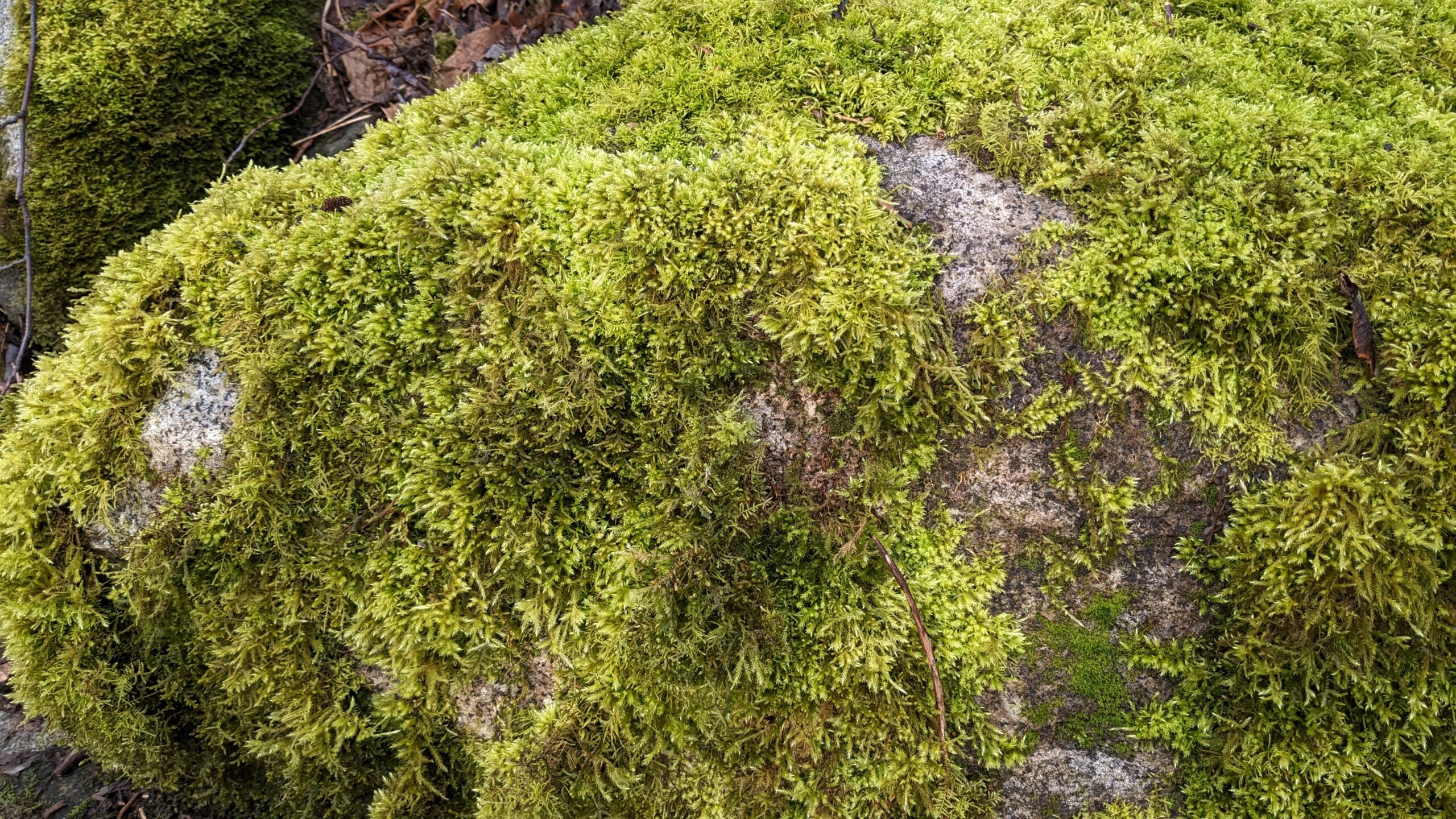
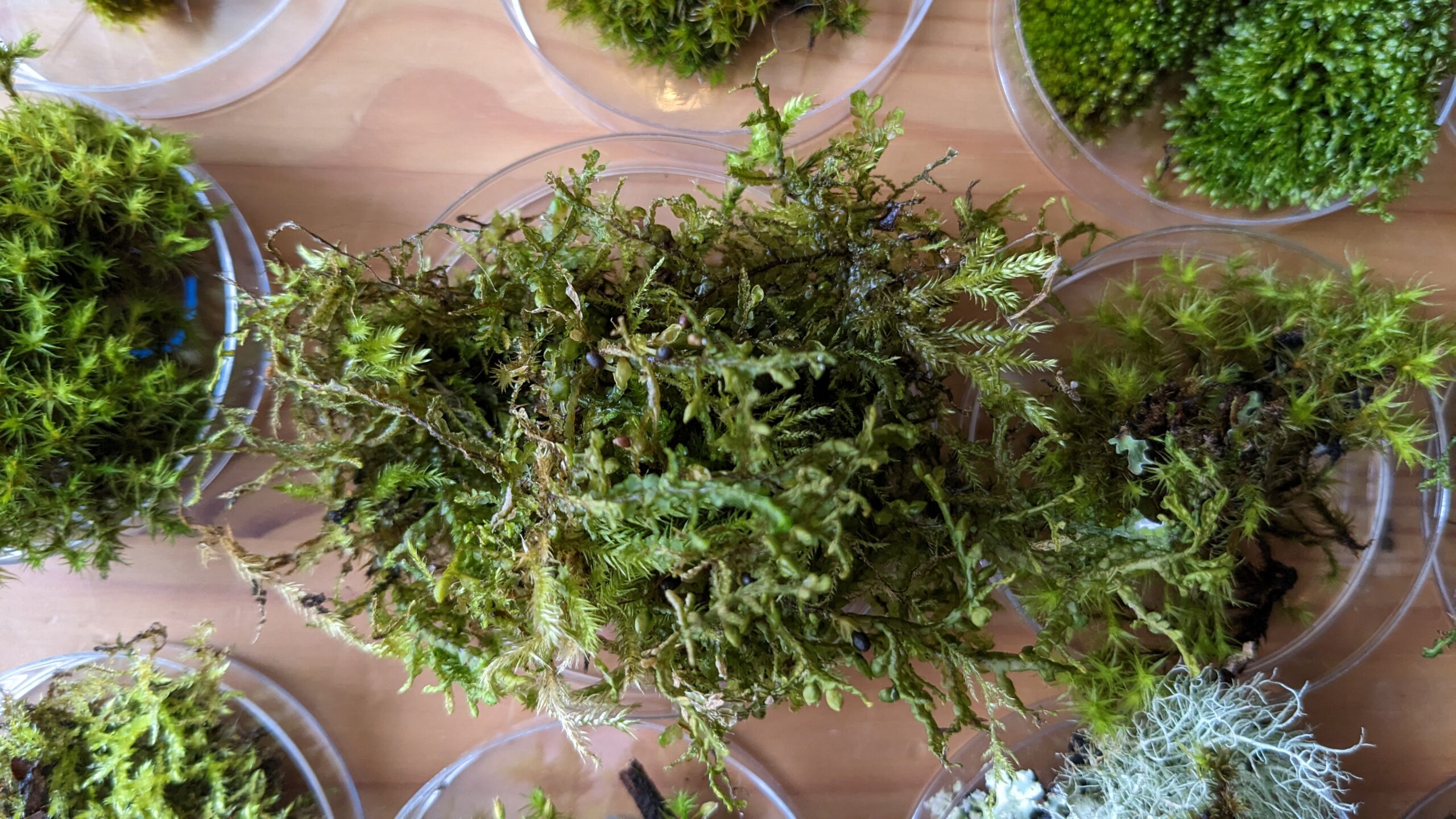
Sample 6 : Thorfinn
Just a few steps along the wetlands path from Dazai, I found huge quilts of fluffy moss growing along a row of boulders. I collected a little from the edge of one to sample. Although I searched under the microscope for quite a long time, I could not find a single tardigrade. In fact this moss was devoid of almost everything and all I could find were a couple of rotifers and nematodes.
Result : NO!
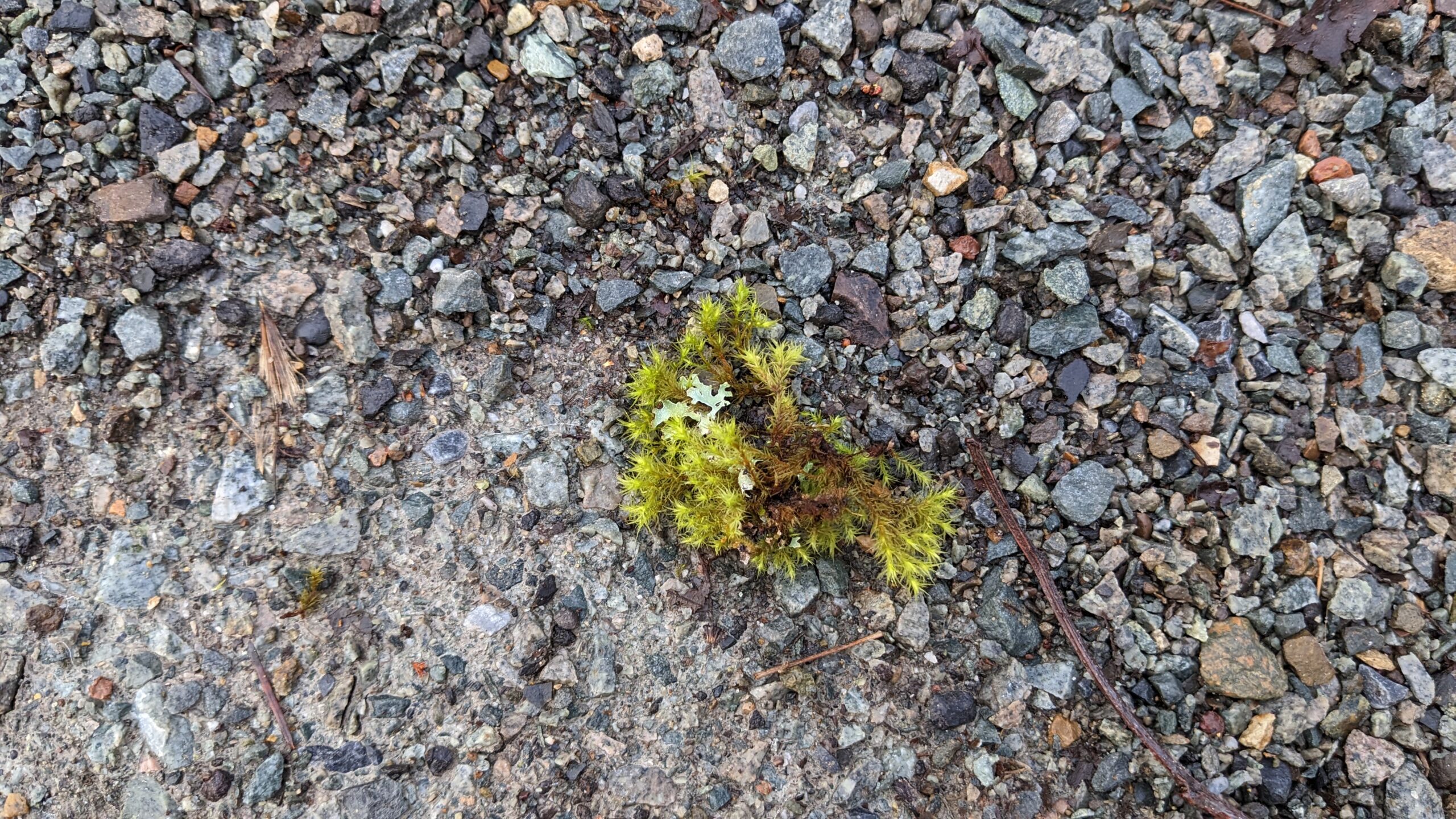
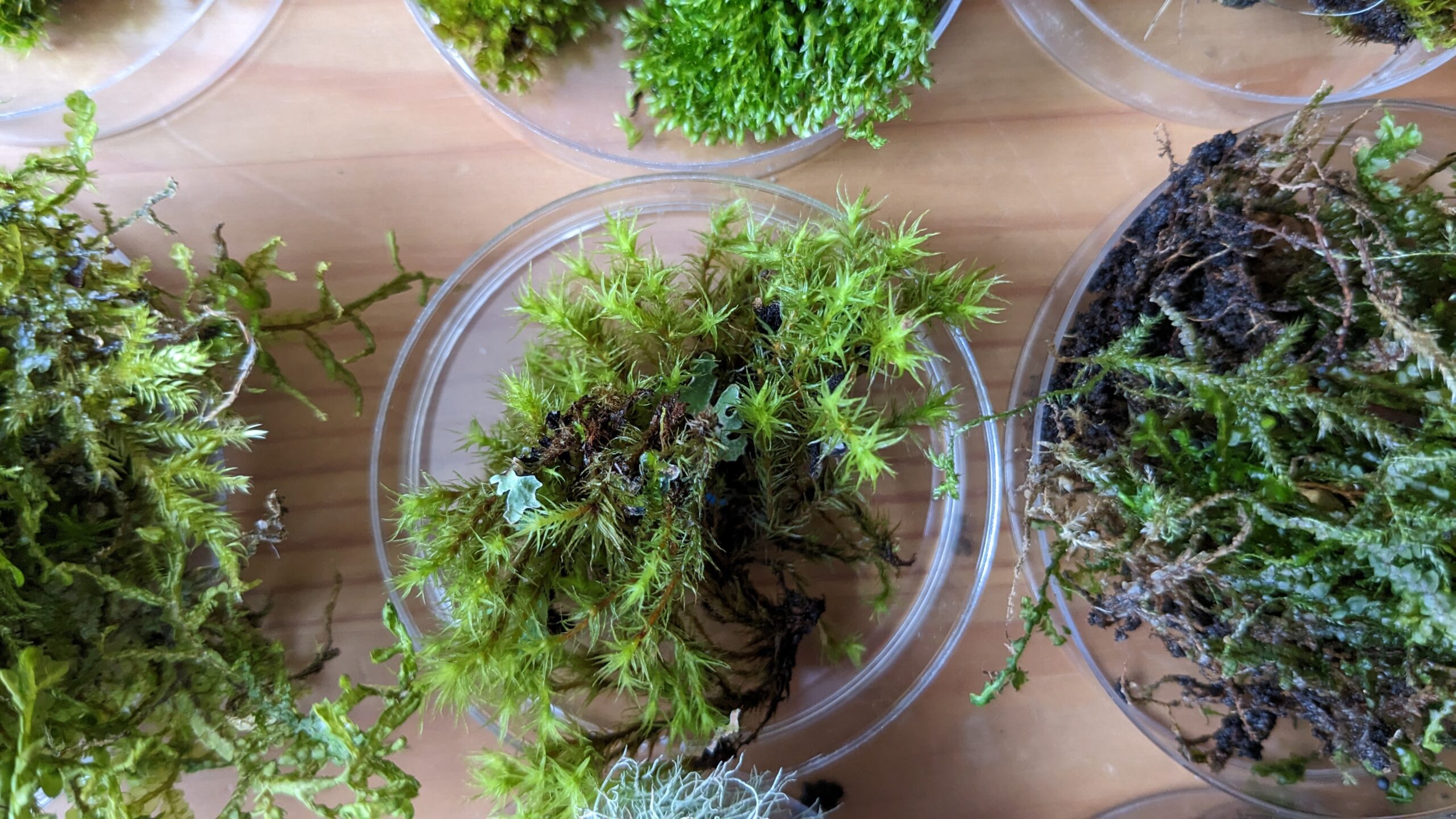
Sample 7 : Levi
Right in the middle of the gravel path that meanders through the wetlands, I found a small clump of moss with a tiny lichen growing in it, which had fallen from the Alder trees overhead. I put this sample under the microscope and despite its tiny size, discovered this moss and lichen contained the most tardigrades of all the samples so far. I quickly and easily found at least a half dozen tardigrades.
Result : YES!
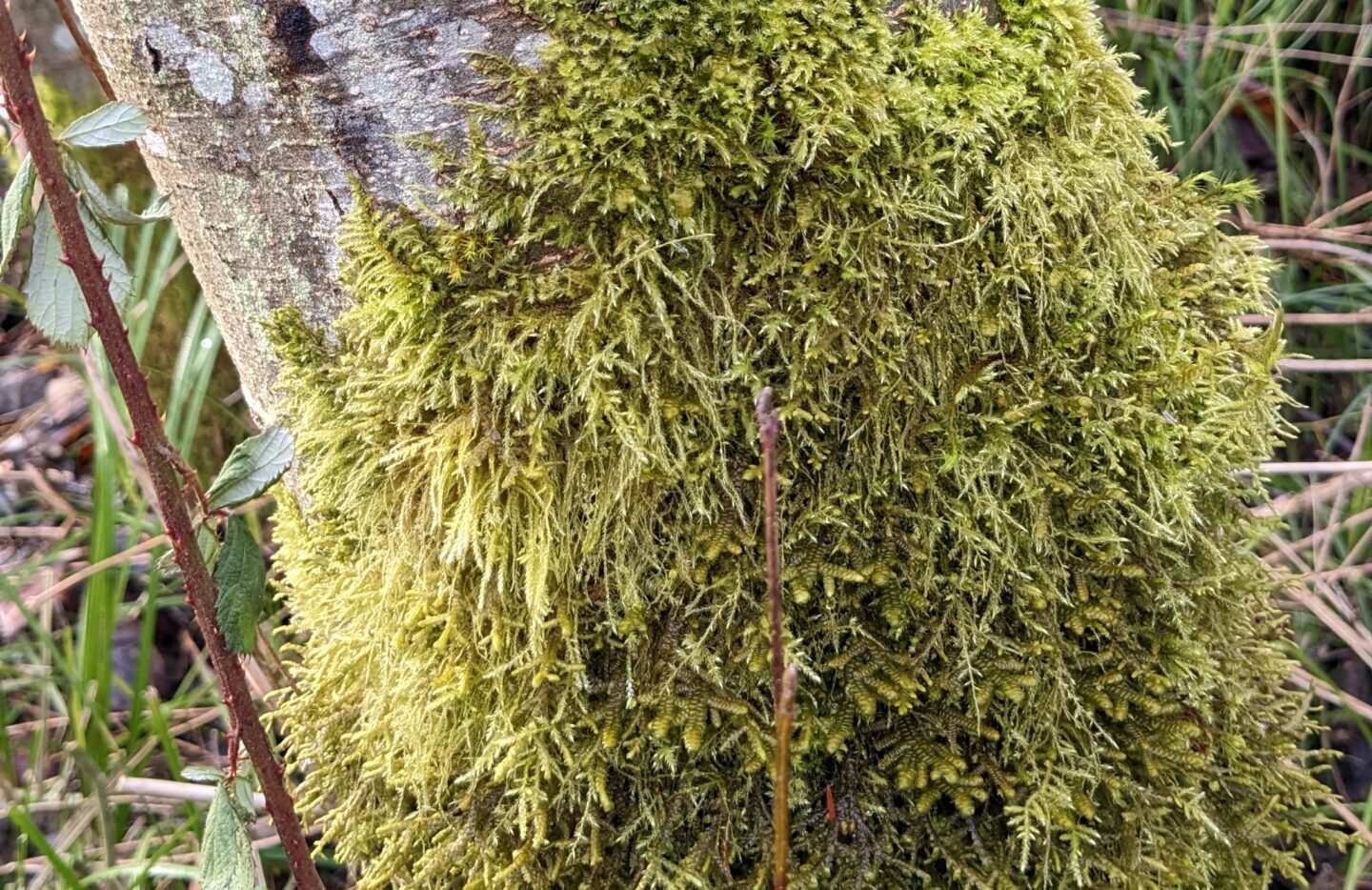
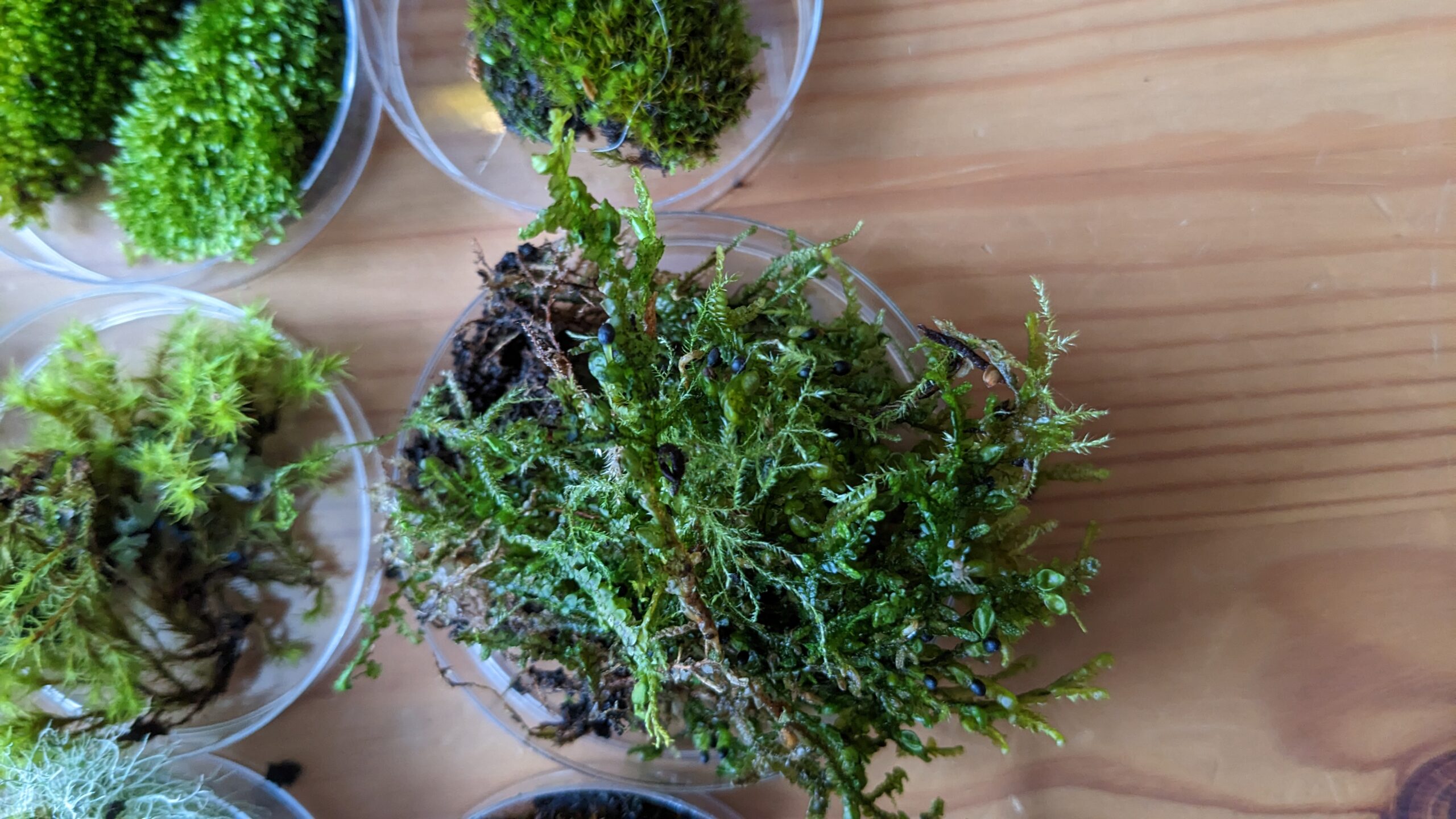
Sample 8 : Nanami
A little further along the path I selected an Alder tree, one of many which had an abundance of moss growing on the trunks, and collected a sample. Although this moss was similar to the Thorfinn moss, I found a huge diversity of moss animals when I put it under the microscope. Among the rotifers, nematodes and planarians I found a tardigrade. But I also found something interesting that I hadn’t encountered in the other samples, or even in any other moss before. I wasn’t sure what it was, but I later found out it’s a Harpacticoid copepod.
Result : YES!
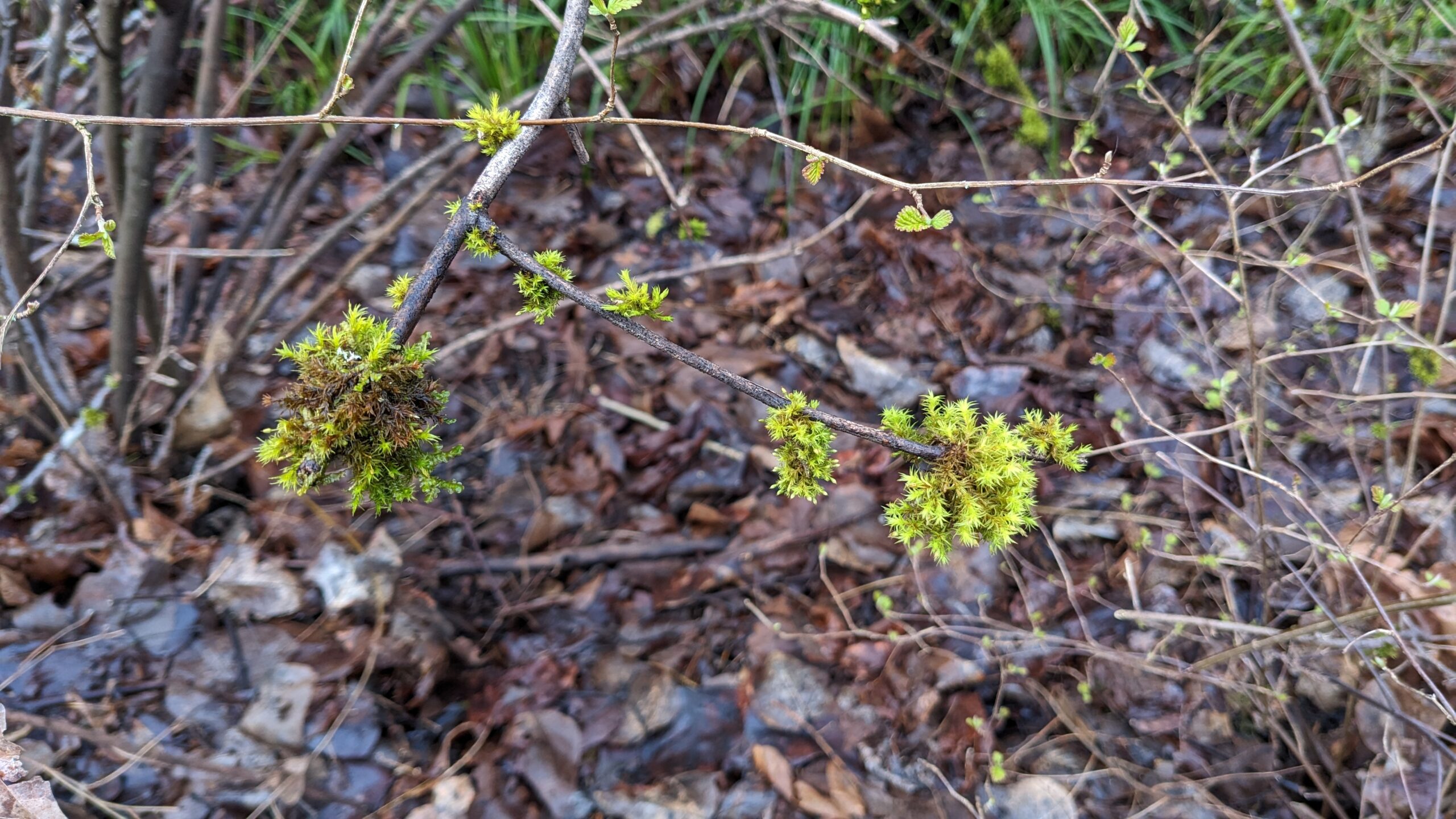
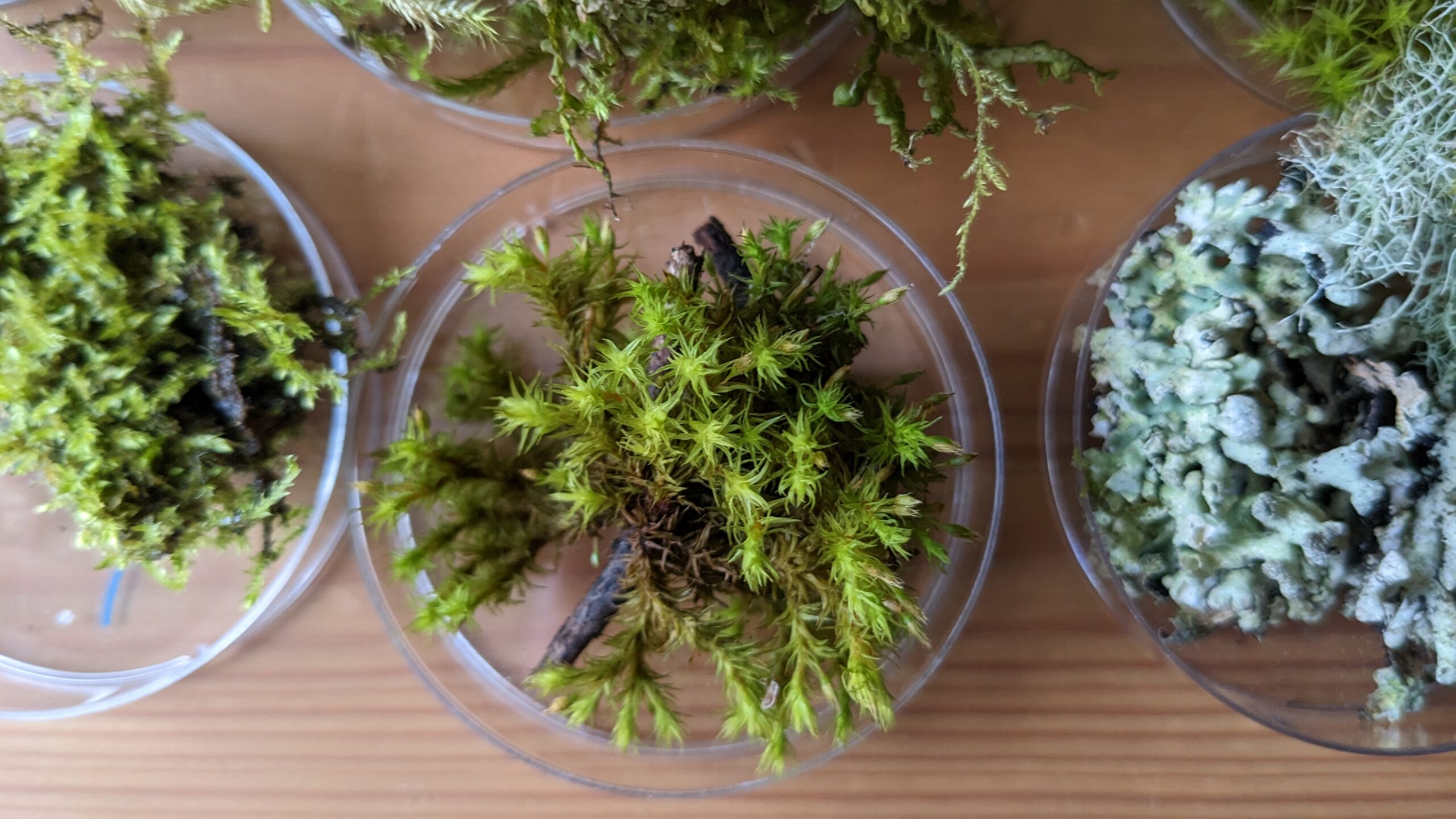
Sample 10 : Juuzou
Near the end of the wetland path, I spotted some small clumps of moss growing up in the air on some low shrubs so I selected one to sample. Even in this small sample, I was able to find one, little tardigrade living in the moss.
Result : YES!
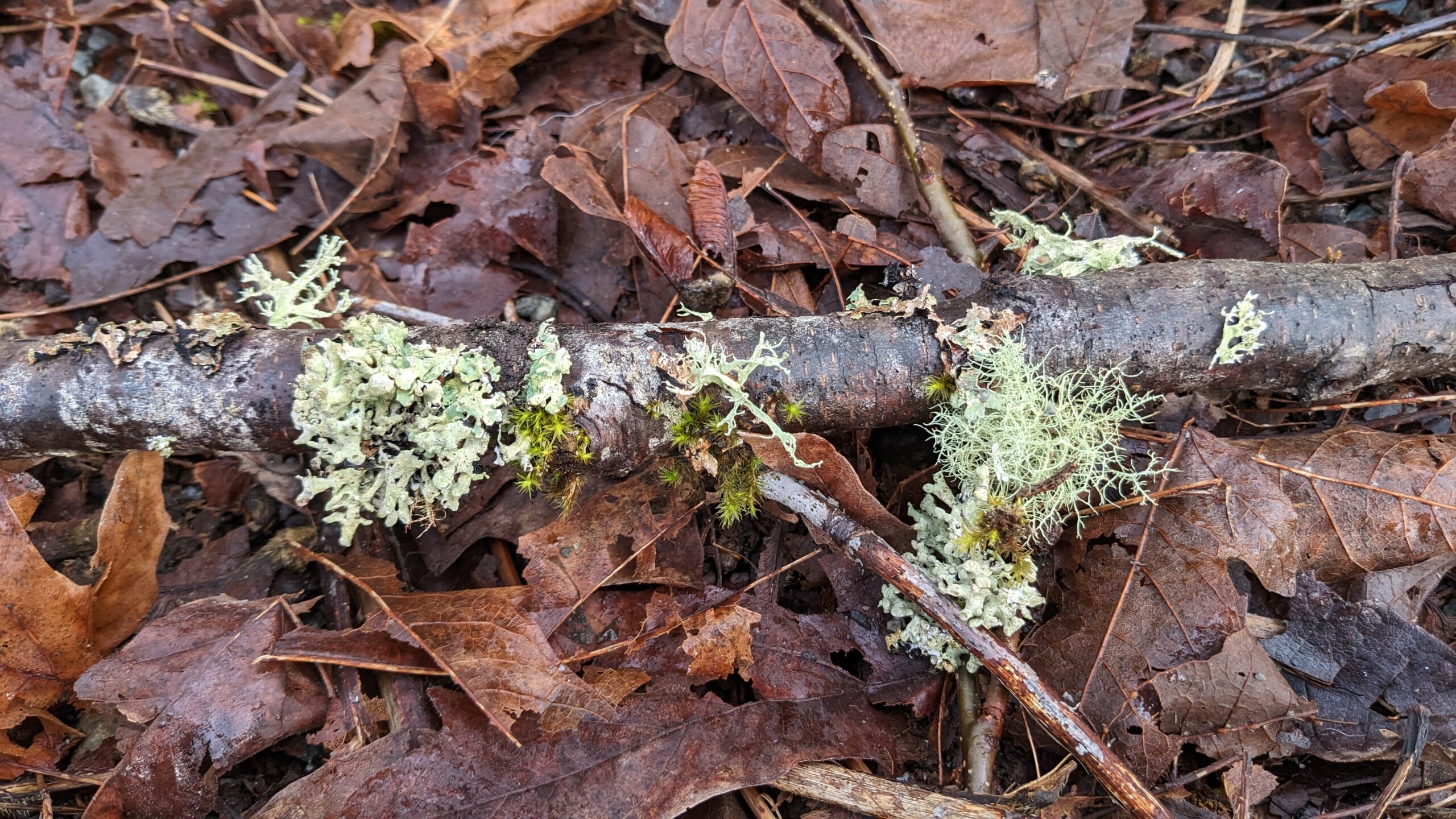
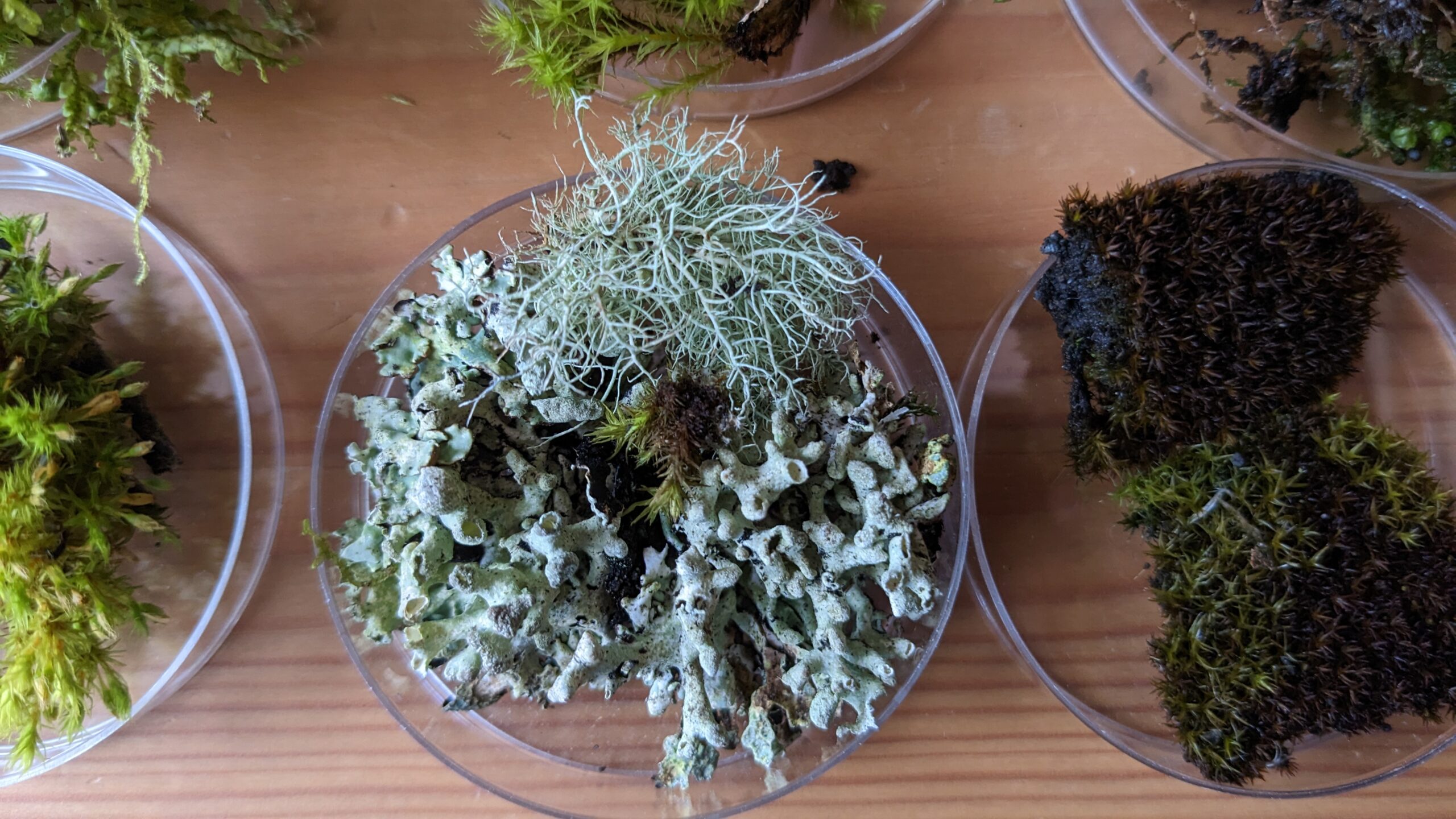
Sample 11 : Gojo
Moss isn’t the only home to tardigrades. I know from sampling lichens from my roof that tardigrades can also be found there, so I gathered a couple different lichens growing on a fallen branch at the end of the wetland path to sample. I easily found a good size tardigrade in the lichen sample.
Result : YES!
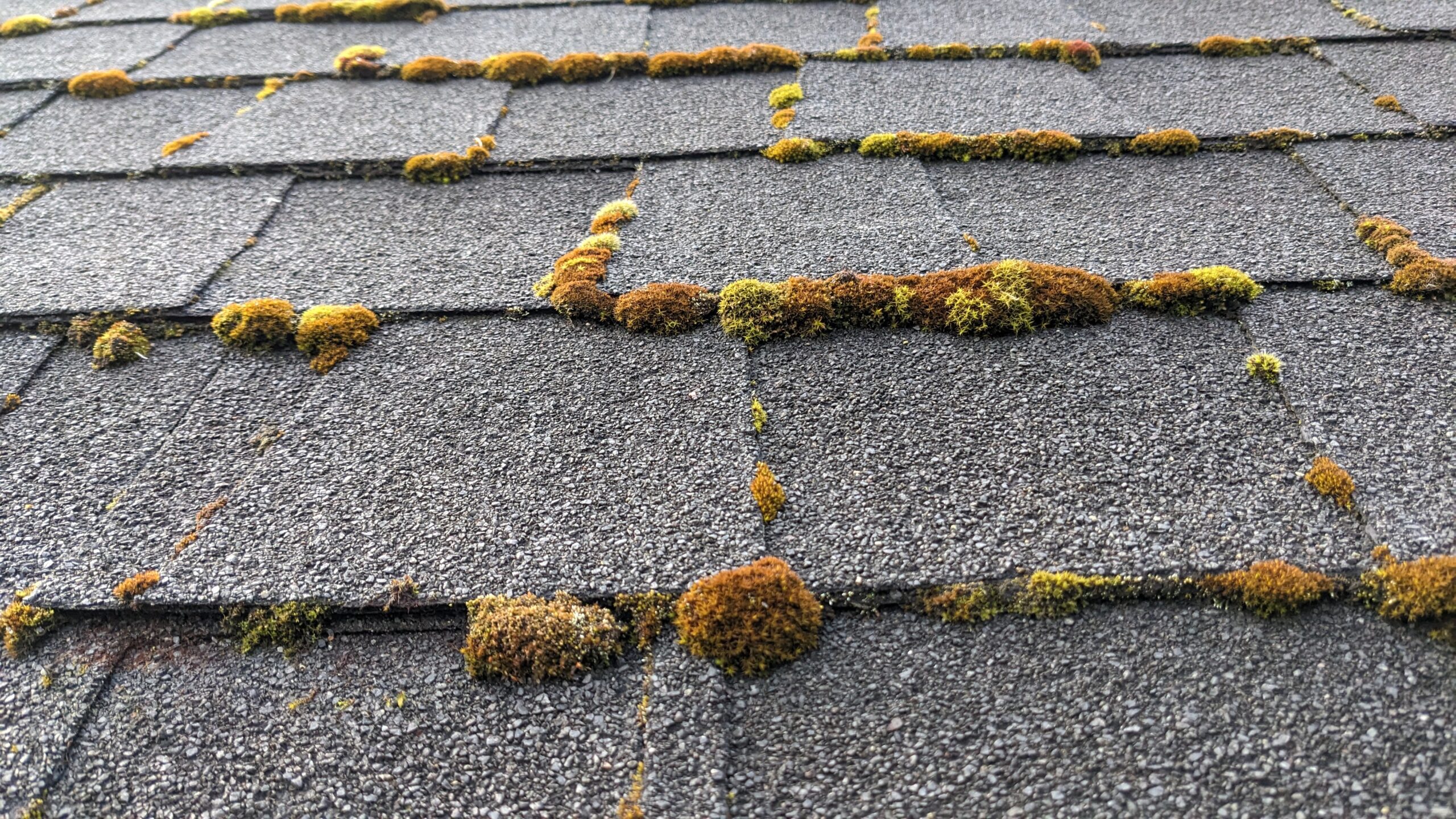
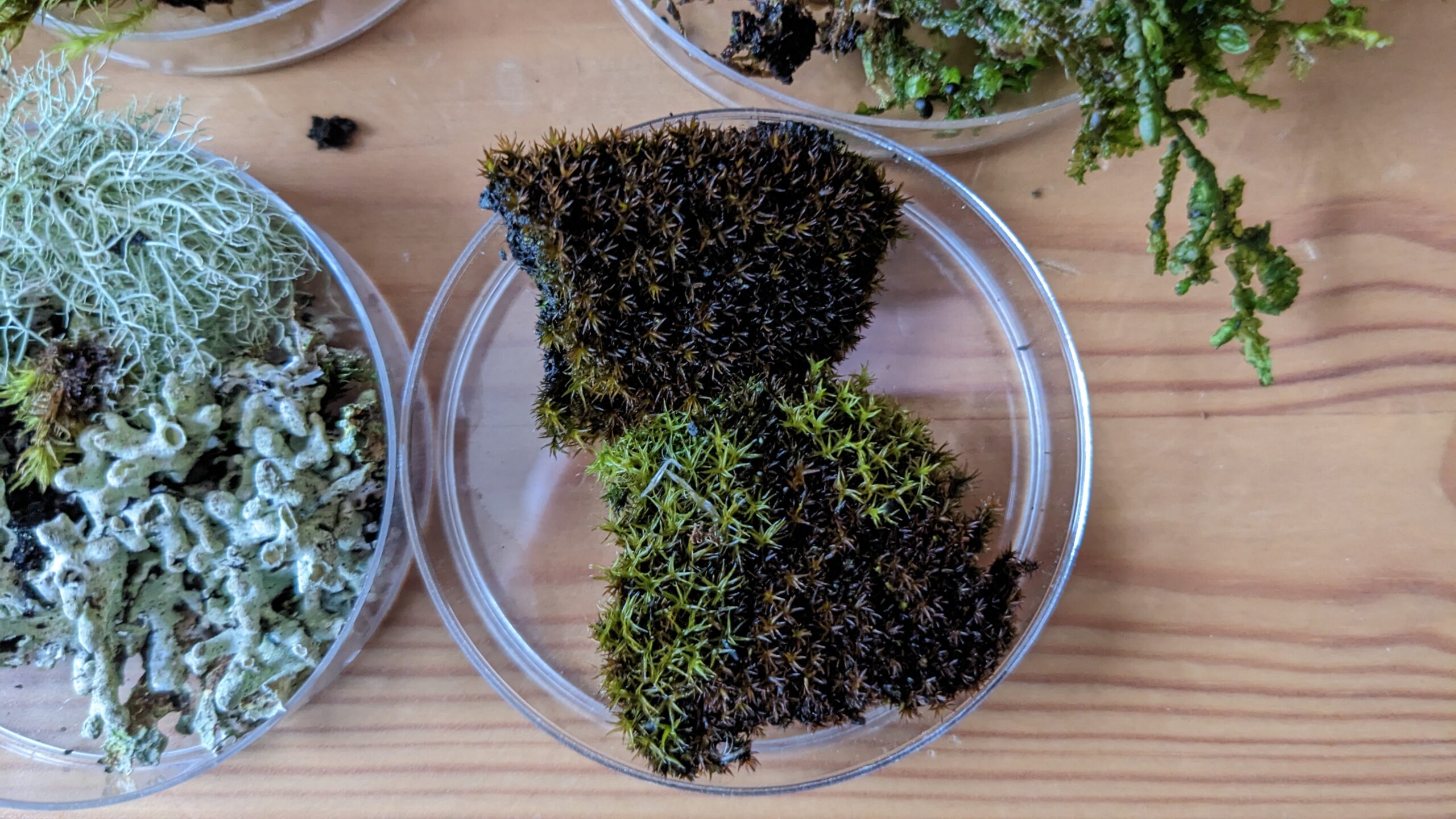
Sample 12 : Yuuichi
The final moss sample was plucked right off of my garage roof and if you’ve read my first book, Nature Obscura, you’ll know that I consistently found tardigrades in the moss of my roof. This was no exception and I easily found them in this sample, as I do with nearly every sample I ever check for tardigrades from my roof. This is one reason I will never scrape the moss off my roof or otherwise try and get rid of it.
Result : YES!
In Summary
In the end, I found tardigrades (and a lot of other moss animals), in 11/12 of the mosses I sampled along a walk from my house, down the street and through my local wetlands. It’s easy to overlook moss, especially here in the Pacific Northwest, since it grows everywhere, even on sidewalks and walls. But this study shows that that moss isn’t overlooked by tardigrades or the multitudes of other moss animals like rotifers, nematodes, planarians and others. And although we might not think twice about a small patch of moss on the curb, it can be an entire world to these invertebrates.
If you want to try to find tardigrades on your own, you can find instructions on my website: How to Find Tardigrades Additionally, this project will have an entire chapter in my upcoming book, The Naturalist at Home: Projects for Discovering the Hidden World Around Us, coming May 1st.
Usually when I finish surveying moss samples, I carefully ‘plant’ them back outside in my yard somewhere. But this time, since I had collected so many and the results were so fascinating, I decided to attempt to create a moss and lichen terrarium. It’s been almost two weeks and the mosses still look very good so I’m hoping I can keep them growing to observe them long term.
